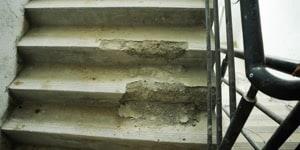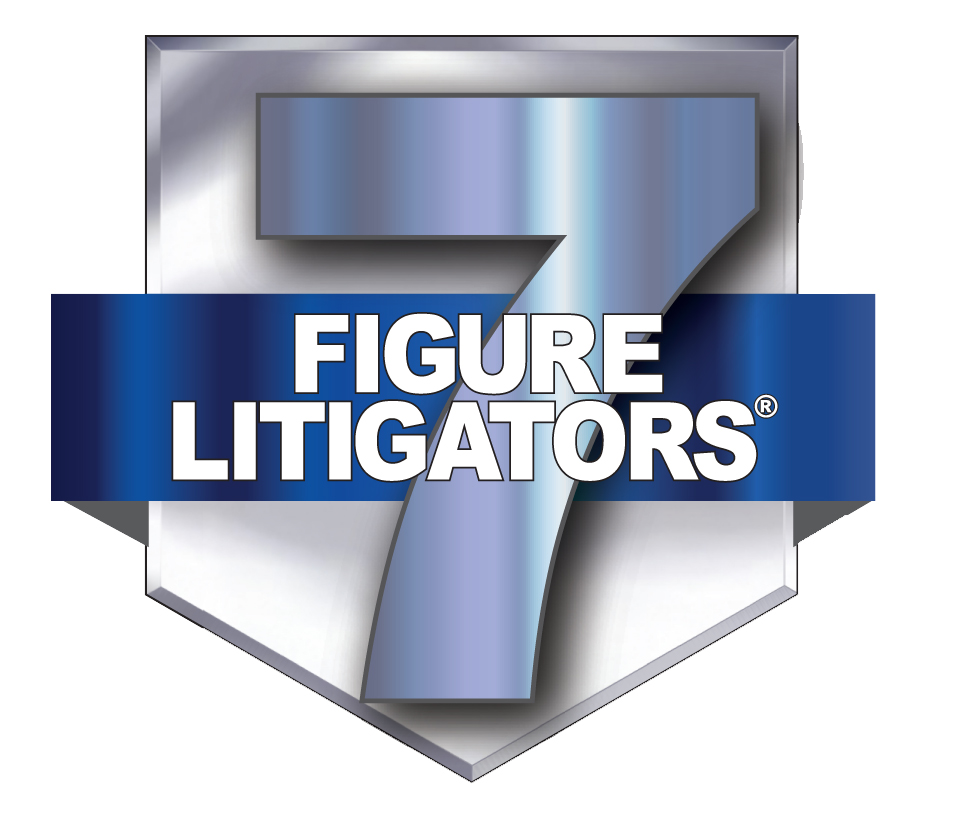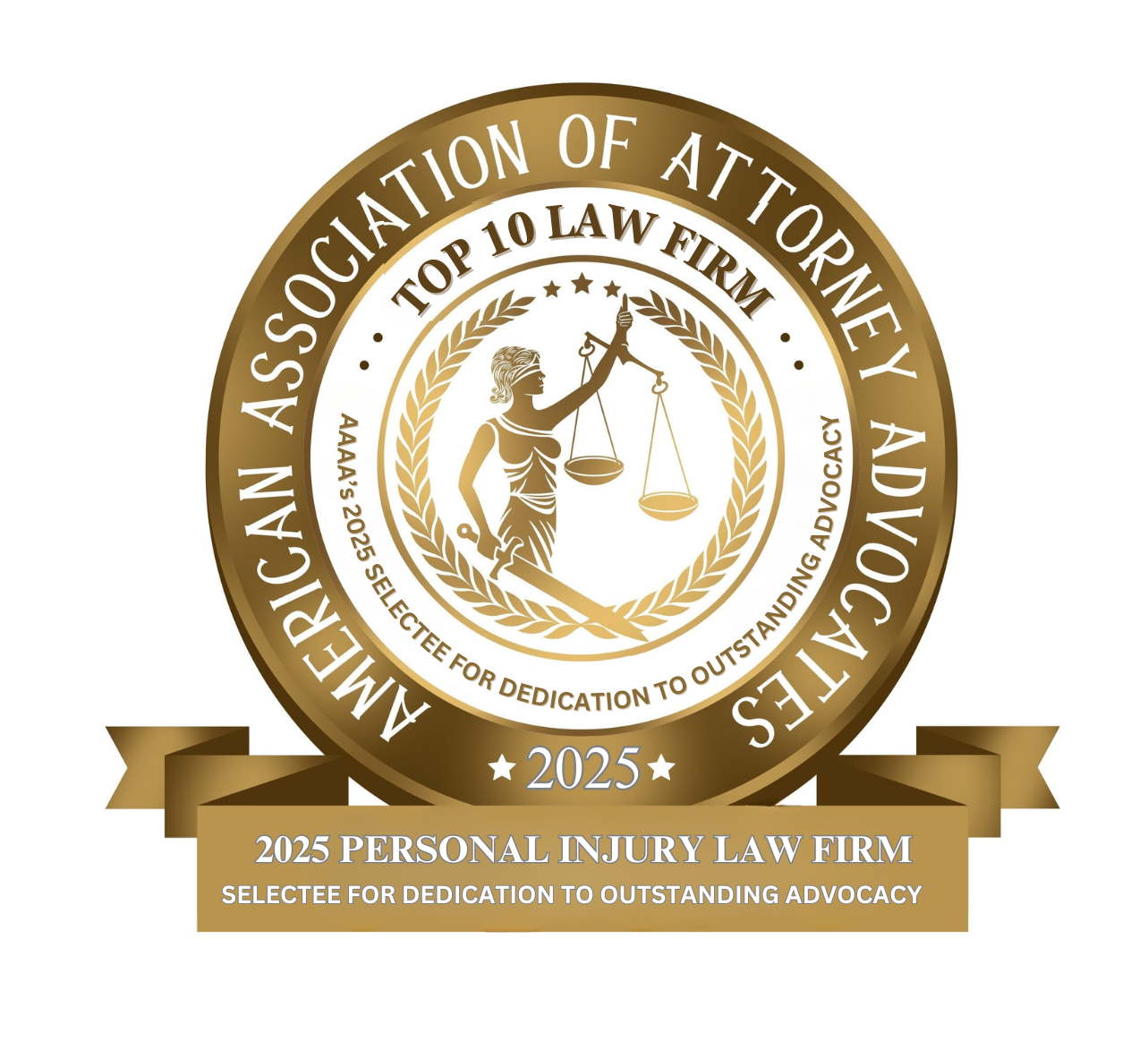- Free Consultation: (630) 527-4177 Tap Here to Call Us
How Dark or Poorly Lit Conditions Can Lead to Liability for a Trip and Fall Accident

Poor lighting conditions significantly increase the risk of trip and fall accidents, especially in areas where hazards such as uneven flooring, stairs, or obstacles may be present. In Illinois, property owners have a legal responsibility to maintain safe conditions for visitors, tenants, or employees, and lighting plays a crucial role in that safety. Inadequate lighting, particularly in stairwells, parking lots, walkways, or entryways, can obscure hazards that would otherwise be avoidable, leading to serious accidents and potential liability.
Under the Illinois Premises Liability Act, property owners are held accountable for maintaining a reasonably safe environment. If a person is injured because of poor lighting, the property owner may be liable for damages. In this blog, we explore how dark or poorly lit conditions contribute to trip and fall accidents, the legal responsibilities of property owners, and the process of proving liability in these cases.
“Property owners must understand that maintaining proper lighting is not just a convenience, it is a legal responsibility. Poor lighting can obscure hazards, leading to preventable accidents and significant liability,” says Naperville premises liability attorney, John J. Malm.
The Role of Lighting in Preventing Trip and Fall Accidents
Proper lighting serves two key purposes: it allows individuals to see potential hazards and navigate safely through a space, and it can act as a deterrent for criminal activity in public areas. When lighting is insufficient, it can obscure obstacles, uneven surfaces, or other hazards that might cause someone to trip or fall. Common areas where poor lighting can contribute to trip and fall accidents include:
- Stairwells: Dimly lit staircases can make it difficult to see steps clearly, especially if they are uneven or the railing is in disrepair. Falls on staircases are particularly dangerous and often result in serious injuries such as fractures or head trauma.
- Parking Lots: Poorly lit parking lots can obscure potholes, uneven pavement, or curbs, leading to trips and falls as people navigate to and from their vehicles.
- Walkways and Sidewalks: Inadequate lighting along outdoor paths, sidewalks, or entryways can hide cracks, holes, or changes in elevation that may otherwise be avoided.
- Entryways: Darkened entryways or vestibules can make it hard for visitors to identify steps, thresholds, or objects on the floor, creating a hazard for those entering or leaving the building.
In addition to these areas, poor lighting in commercial spaces such as retail stores, restaurants and bars, or offices can also contribute to trip and fall accidents. For example, if a store fails to maintain sufficient lighting in an aisle, a customer may not notice a loose mat or spilled liquid, leading to a fall.
The Duty of Care for Property Owners
Under Illinois premises liability law, property owners have a duty of care to keep their premises reasonably safe for visitors. This duty applies to both residential and commercial property owners. The law requires property owners to regularly inspect their premises for hazards, including those related to lighting, and to take prompt action to fix or warn visitors about any dangers.
To determine whether a property owner is liable for a trip and fall accident caused by poor lighting, courts generally assess the following:
- The Existence of a Hazard: In cases of poor lighting, the hazard may be an uneven surface or object that is difficult to see because of insufficient light.
- The Owner’s Knowledge of the Hazard: Property owners are not automatically liable for every trip and fall on their property. The injured party must show that the property owner knew, or should have known, about the inadequate lighting and its potential to cause harm.
- The Owner’s Failure to Remedy the Hazard: Once a property owner is aware of the poor lighting, they have a duty to fix the problem, whether by repairing or replacing broken lights, installing additional lighting, or providing temporary lighting in areas under construction.
- Reasonable Care: Illinois courts consider whether the property owner took reasonable steps to prevent accidents, such as installing and maintaining proper lighting.
Proving Liability in Poor Lighting Trip and Fall Cases
In any premises liability case, the injured party must prove several elements to establish that the property owner is responsible for their injuries. In cases involving poor lighting, the plaintiff must show that the inadequate lighting directly contributed to the accident and that the property owner failed to address the danger.
1. Evidence of Poor Lighting
To prove that poor lighting caused the trip and fall, it is essential to document the lighting conditions at the time of the accident. This may include:

- Photographs: Photos taken immediately after the accident can provide clear evidence of the lighting conditions and any obscured hazards.
- Witness Testimony: Statements from witnesses who were present at the time of the accident can corroborate the plaintiff’s claims about the lighting.
- Maintenance Records: If the property owner has a history of failing to maintain adequate lighting, maintenance records may help demonstrate that the problem was known and not addressed.
2. Establishing the Property Owner’s Negligence
The injured party must demonstrate that the property owner was negligent in failing to provide adequate lighting. This involves proving that the owner knew, or should have known, about the poor lighting and failed to take reasonable steps to fix the issue.
3. Causation and Damages
The plaintiff must show that the poor lighting directly caused their fall and injuries. They must also present evidence of their injuries, such as medical records, to support their claim for damages.
Common Injuries from Trip and Fall Accidents in Poorly Lit Areas
Trip and fall accidents caused by inadequate lighting can result in a range of injuries, from minor bruises to life-altering conditions. Common injuries include:
- Fractures: Falls often result in broken bones, particularly in the wrists, arms, hips, and legs, as people instinctively try to break their fall.
- Head Injuries: Falls in poorly lit areas can lead to head trauma, including concussions or traumatic brain injuries (TBIs).
- Back and Neck Injuries: Trip and fall accidents can cause herniated discs or other serious injuries to the back or neck.
- Soft Tissue Injuries: Sprains, strains, and torn ligaments are common, especially in the ankles or knees.
Victims of trip and fall accidents face significant medical bills, lost wages, and ongoing pain and suffering. If the accident was caused by poor lighting and the property owner’s negligence, the injured party may be entitled to compensation for these damages.
Preventing Trip and Fall Accidents Through Proper Lighting
Property owners can reduce the risk of trip and fall accidents by ensuring that their premises are well-lit. Some steps property owners can take include:
- Regularly Inspecting Lighting: Property owners should regularly check that all lighting fixtures are working properly and that no areas are left in the dark.
- Installing Adequate Lighting: Owners should ensure that all areas of the property, particularly walkways, stairwells, and parking lots, are adequately lit to allow safe navigation.
- Responding Promptly to Complaints: If tenants or visitors report that an area is poorly lit, property owners should take immediate action.
- Posting Warning Signs: In areas where lighting cannot be immediately improved, property owners should post signs warning visitors of the hazard.
Contact the Experienced Illinois Trip and Fall Accident Lawyers at John J. Malm & Associates
Inadequate lighting creates a significant hazard for visitors, tenants, and customers, and property owners have a duty to address these issues. When poor lighting leads to a trip and fall accident, the injured party may have the right to pursue compensation for their injuries under Illinois premises liability law.
At John J. Malm & Associates, our award-winning Illinois premises liability attorneys have extensive experience helping clients recover compensation for injuries caused by poor lighting conditions. If you or a loved one has been injured in a trip and fall accident due to inadequate lighting, contact our offices in Naperville or St. Charles for a free consultation. We are here to help you navigate the legal process and secure the compensation you deserve.















